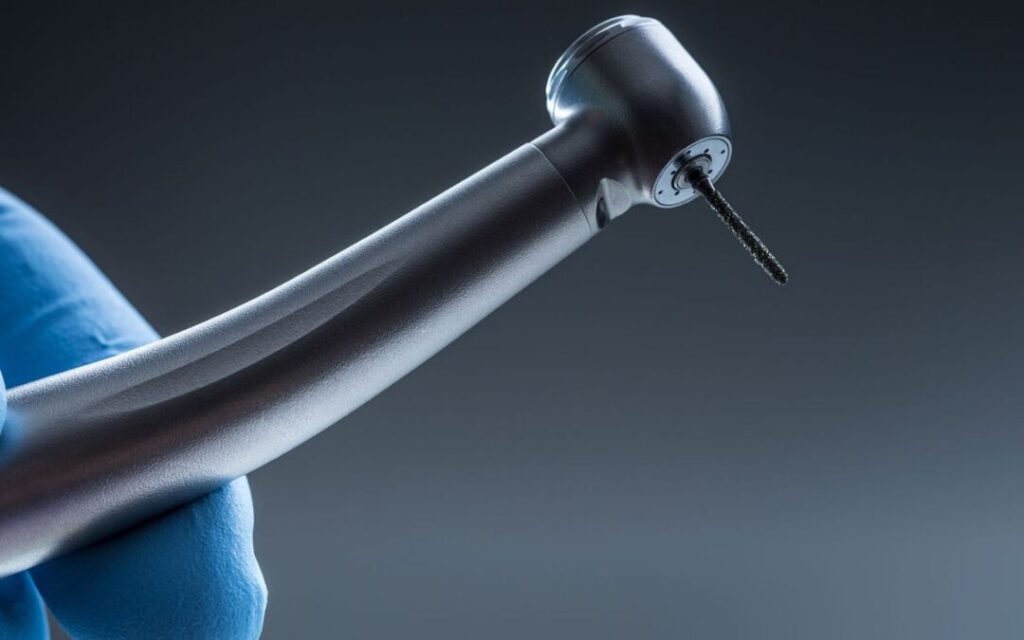Dental Cutters: Diamond and Carbide, Differences and Use

Dental drills are an essential tool in the field of dentistry, used for various applications during dental treatments.
The main dental burs include diamond burs and carbide burs. In this Pendragon article, we will explore the distinguishing characteristics of these two types of dental drills and how they are used in dental practice.
Diamond Cutters: Features and Usage
Diamond cutters are made from diamond crystals, the hardest known material.
This feature gives diamond cutters high precision and durability. These burs are mainly used to remove dental tissue and shape teeth during preparation procedures for fillings, crowns, or dentures.
The shape and size of diamond burs can vary to suit different clinical situations. Because of their effectiveness in removing tissue, diamond burs are often used for detailed, precision work.
Carbide Cutters, Characteristics and Usage
Carbon is a material that offers a good balance between precision and durability. Carbide burs are used to remove dental material, but are particularly effective in removing amalgam, fillings, and prosthetic material.
Carbide burs can also be used for tooth preparation before cementation of crowns or bridges. They come in different shapes and sizes to suit different clinical needs and are widely used in routine procedures.
Differences between Diamond Cutters and Carbide Cutters
The main differences between diamond and carbide cutters are in material of construction, precision, and specific use. Diamond burs are ideal for precision work, while carbide burs are more suitable for material removal and routine procedures. The choice between the two depends on the specific needs of the practitioner and the treatment to be performed.
Selection and Proper Use of Dental Burs
The correct selection of dental burs is essential for excellent results in dental treatments. Dentists should consider the type of procedure, the type of tissue to be removed, and the clinical needs of the patient before selecting appropriate drills.
It is also important to use the cutters properly, following the manufacturer’s instructions and keeping the cutters in good condition to ensure safety and optimal performance.
